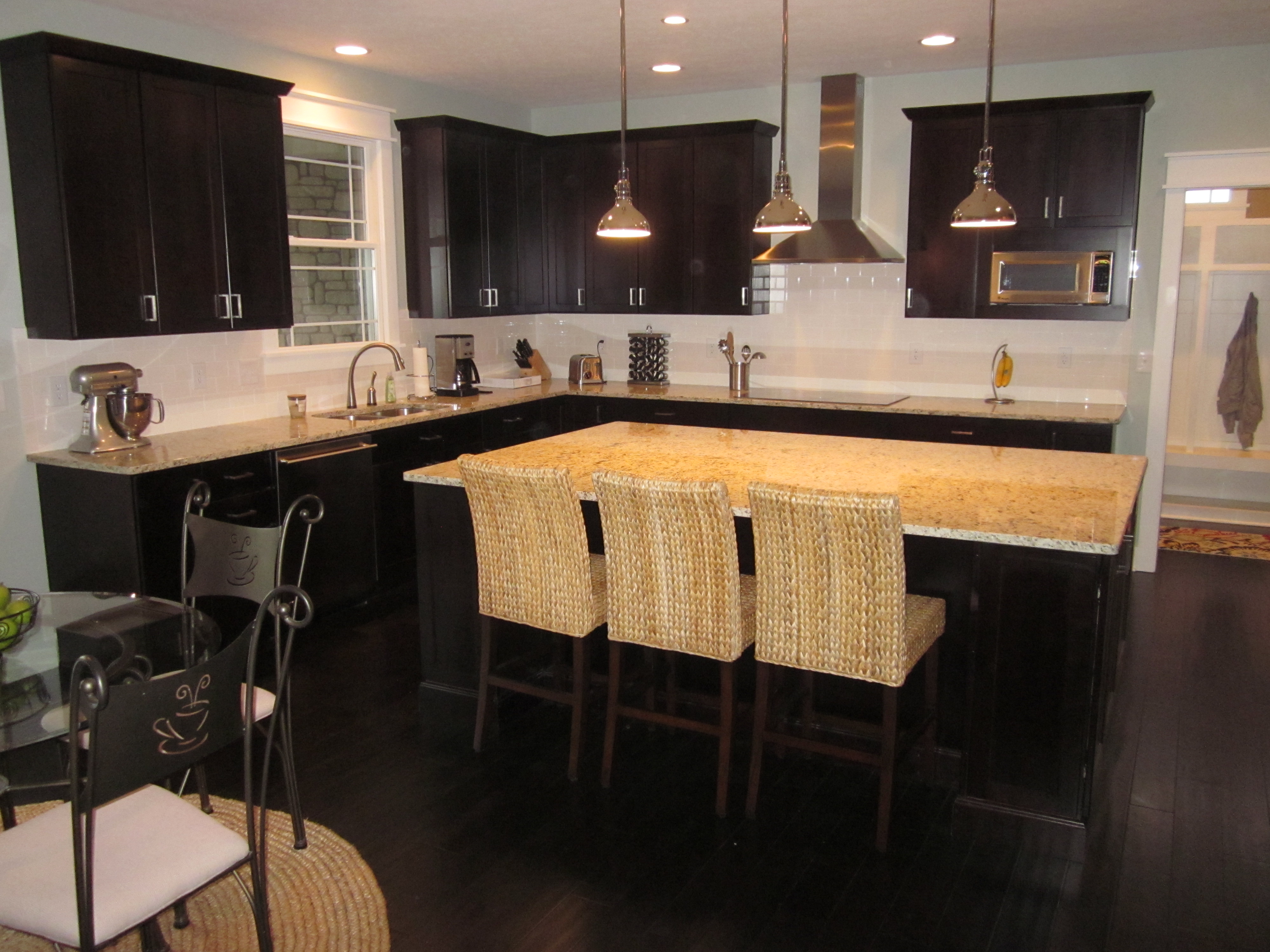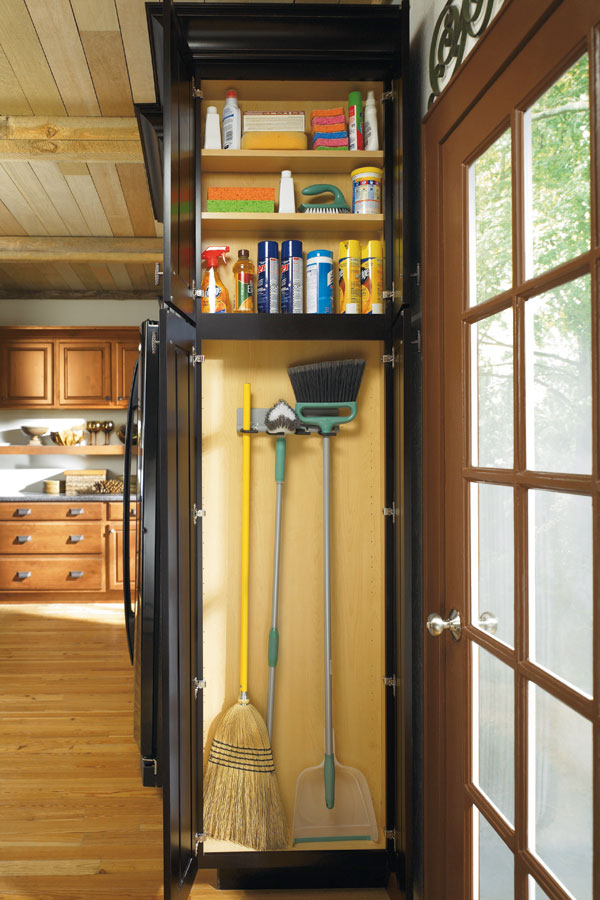Kitchen Renovation – What is a rule of thumb for budgeting?

You are getting the itch to renovate your kitchen. When you go to the internet, Houzz, Pinterest, and other home décor sites are your first stops. While dreaming, a couple of questions continue to nag you … “How much will a kitchen renovation cost and can I afford it?”.
While a variety of factors impact a project’s cost, you can use a rule of thumb to get a general idea of the required budget. Remodeling experts estimate a kitchen renovation costs around 15% of your home’s value. So, if your home is valued at $200,000, the budget for an updated kitchen is approximately $30,000. For a $350,000 home, you would spend $52,500. The biggest cost element of a kitchen remodel will be for cabinetry. One industry source breaks down the elements in a renovation budget as follows:
- Cabinets 40%
- Countertops 10%
- Appliances 9%
- Lighting/Electrical 8%
- Wall Covering 4%
- Floor Covering 7%
- Labor/Installation 20%
- Miscellaneous 2%
Total 100%
As mentioned above, a number of items influence the final budget. For example, removing existing walls increases the labor cost. If you are a serious cook, appliances will likely cost more than a typical kitchen renovation.
Your budget should consider how long you plan to remain in the home. If you are only planning to remain in the home 1 – 5 years, there is less time to recover your investment in appreciation. This mentality reduces the overall amount you should plan on spending.
If you expect to stay in your home for a long period of time, you want to ensure the renovation works best for your family. Typically, this results in a larger budget as you enjoy the benefits of the renovation for a longer time.
You should also plan on encountering surprises impacting the budget. Often these are not significant. However, we have encountered projects with significant electrical or plumbing issues requiring resolution. Fixing these problems can have a big effect on the budget.
Finally, the specific cabinet, countertop, flooring, appliance, and fixture selections you choose drives the final budget. Using experts will help you avoid making costly mistakes and identify opportunities where spending less may equal more. Typically, any fees paid to experts is more than offset by the added value they bring to the project.
With your nagging questions answered, go ahead and return to planning your new kitchen with better knowledge of what you can afford.




